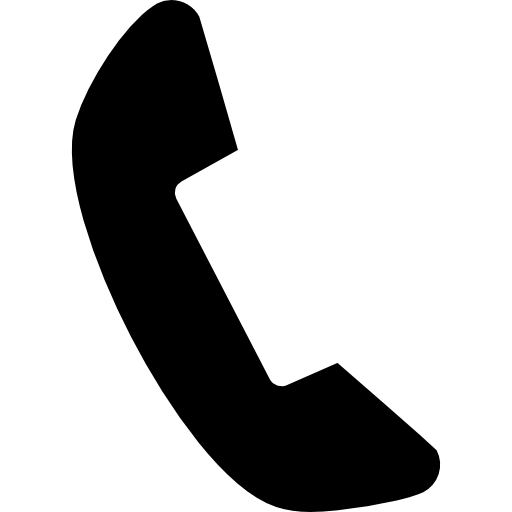A Warm Welcome: How to Send the Perfect Welcome Email to New Hires

First impressions matter. When you bring someone new into your organisation, your first communication sets the tone for everything that follows. A simple way to create a positive start is to send a welcome email. This small gesture can make a big difference in how new employees feel about joining your team.
If you are in Human Resources, recruitment, or management, you already know the value of strong communication. A well-crafted new hire welcome message can reduce nerves, create clarity, and show professionalism. Whether you are a recruiter at a large company or a small business owner managing everything yourself, this guide will give you practical advice on how to craft that perfect welcome.
Why Send a Welcome Email to New Hires?
Think of a welcome email like a warm handshake before the first day. It is not just about formality. It is about:
- Creating confidence – New employees want to feel reassured that they made the right choice.
- Building clarity – A well-written welcome message can outline expectations before day one.
- Strengthening pre-boarding communication – You can share important details, resources, and company culture early.
- Showing professionalism – It demonstrates that your business values organisation and employee experience.
RefHub often stresses the importance of structured hiring practices. Sending a welcome email is one of the simplest, yet most effective steps you can take to show that your organisation is professional and prepared.
When Should You Send a Welcome Email?
Timing is everything. If you wait too long, the new hire may feel left in the dark. Send your welcome message soon after the job offer is accepted. This keeps excitement alive and begins the relationship on the right note.
You may even consider sending two types of emails:
- Pre-boarding communication – Sent shortly after acceptance, containing first-day details, paperwork, and introductions.
- Day-one message – A lighter, more personal email to be delivered on their first working day.
What to Include in a Welcome Email
A good welcome email is like a recipe. If you miss an ingredient, it may not have the right flavour. Here are the key parts:
1. A Warm Greeting
Start with a friendly tone. A simple “We are excited to welcome you to our team” works better than a stiff “This is your employment confirmation.”
2. First-Day Information
Share details such as:
- Start date and time
- Office address or remote login details
- Dress code if relevant
- Who to ask for upon arrival
3. Introductions
Mention team members, managers, or mentors the new hire will meet. This helps reduce first-day nerves.
4. Paperwork and Policies
Attach or link to documents that need review. This may include contracts, workplace guidelines, or company policies.
5. Helpful Resources
Point them to handbooks, FAQs, or training guides. You can also direct them to RefHub’s free hiring guides and templates for additional support.
6. Contact Information
Always close with who they can contact for questions. A new employee should never feel stranded.
Tone and Style of a Welcome Email
Professional, yes. Robotic, no. Think of your welcome email like writing to a friendly neighbour rather than filing a government form.
Here are some style pointers:
- Keep it formal but warm.
- Avoid jargon or complex terms.
- Use short paragraphs for readability.
- End on an upbeat note.
Sample Structure of a Welcome Email
Here is a structure you can adapt:
Subject Line: Welcome to [Company Name] – We are glad to have you on board
Greeting: Dear [Employee Name],
Body:
We are pleased to confirm that your first day will be on [Date] at [Location]. Please arrive by [Time] and ask for [Manager’s Name].
On your first day, you will meet [Team or Department Name] who will help you get settled. Attached, you will find some documents to review before your start date.
Should you have any questions before then, please reach out to [Contact Person] at [Email or Phone Number].
Closing: We look forward to working with you and are excited to welcome you to the team.
Warm regards,
[Your Name]
[Your Position]
How RefHub Can Support Your Hiring Process
Sending a welcome email is only one part of the hiring journey. RefHub provides tools, guides, and templates to help you manage hiring from start to finish. With a focus on structured communication and organised processes, RefHub makes onboarding smoother and less stressful for both you and your new employees.
You can access RefHub’s free hiring guides and templates here.
Best Practices for Welcome Emails
Here are some tips to keep in mind:
- Be prompt – Do not wait until the last minute.
- Keep it clear – Avoid long paragraphs or unnecessary detail.
- Stay consistent – Use the same format for all new hires to maintain professionalism.
- Balance formal with friendly – A dry message feels transactional; a friendly one feels genuine.
- Personalise when possible – Mention the employee’s role or department to show attention to detail.
Common Mistakes to Avoid
Even with good intentions, mistakes can creep in. Avoid these pitfalls:
- Forgetting to include first-day details.
- Sending an email filled with jargon.
- Using a generic copy-paste email with no personalisation.
- Overloading the message with too much information.
Think of it this way: your welcome email is the appetizer, not the whole meal. Keep it light, simple, and informative.
Conclusion
When you send a welcome email, you are doing more than just confirming a start date. You are shaping how your new hire feels about joining your organisation. Clear information, friendly tone, and professional structure can make their transition smooth.
RefHub is here to guide you with resources that simplify hiring and onboarding. To improve your process further, download RefHub’s free hiring guides and templates today.
Start your new hires on the right foot. Visit RefHub today and download free hiring templates that will help you create professional, engaging welcome emails.




